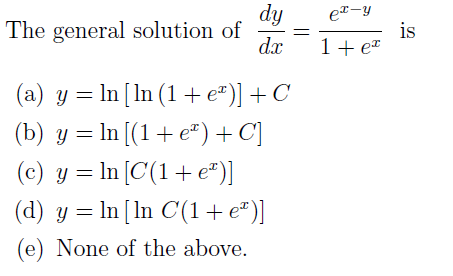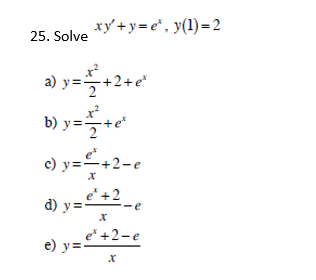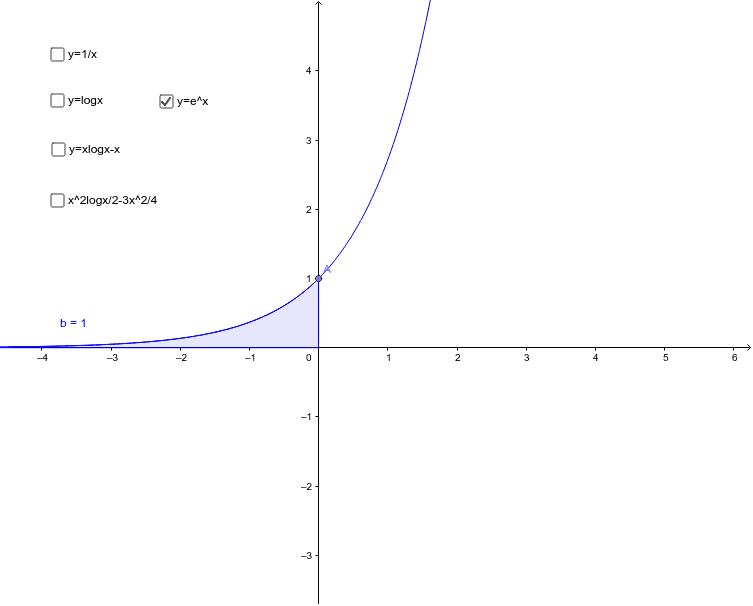If y = √((1 + e^x)/(1 - e^x)), then dy/dx is equal to - Sarthaks eConnect | Largest Online Education Community
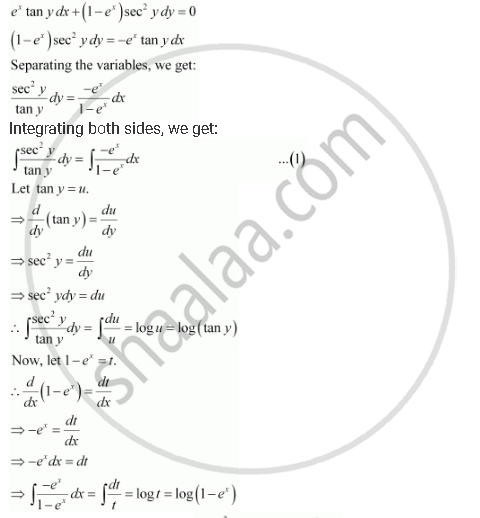
For the Differential Equations Find the General Solution: Ex Tan Y Dx + (1 – Ex) Sec2 Y Dy = 0 - Mathematics | Shaalaa.com
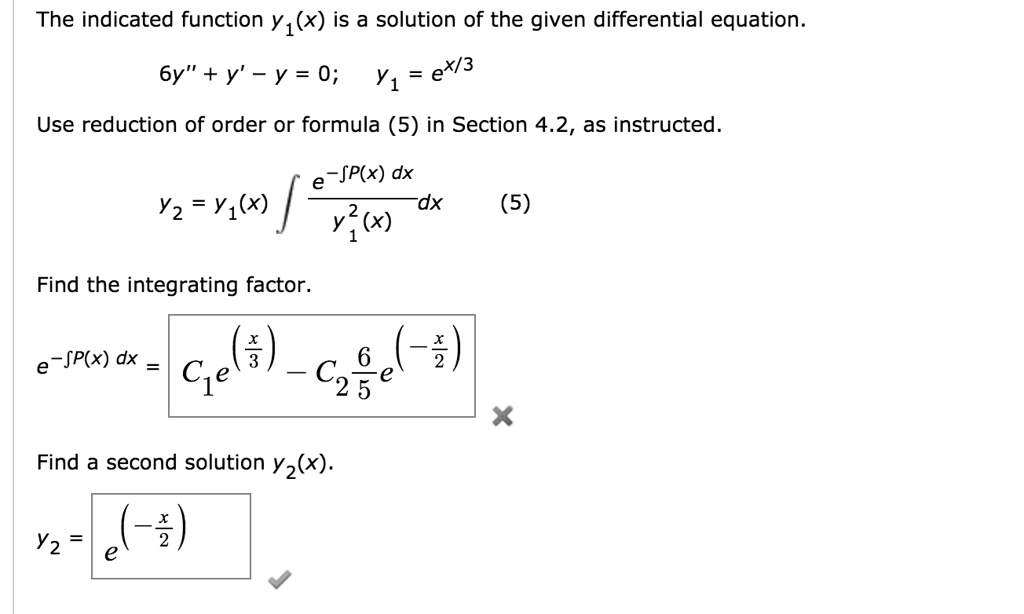
SOLVED: The indicated function Y 1(x) is a solution of the given differential equation. 6y" + y' Y = 0; Y1 = ex/3 Use reduction of order or formula (5) in Section

calculus - Find an equation of the tangent to the curve $y=e^x$ that is parallel to $x-4y=1$ - Mathematics Stack Exchange
Solve the differential equation dy/dx +1 = e^(x+y) - Sarthaks eConnect | Largest Online Education Community
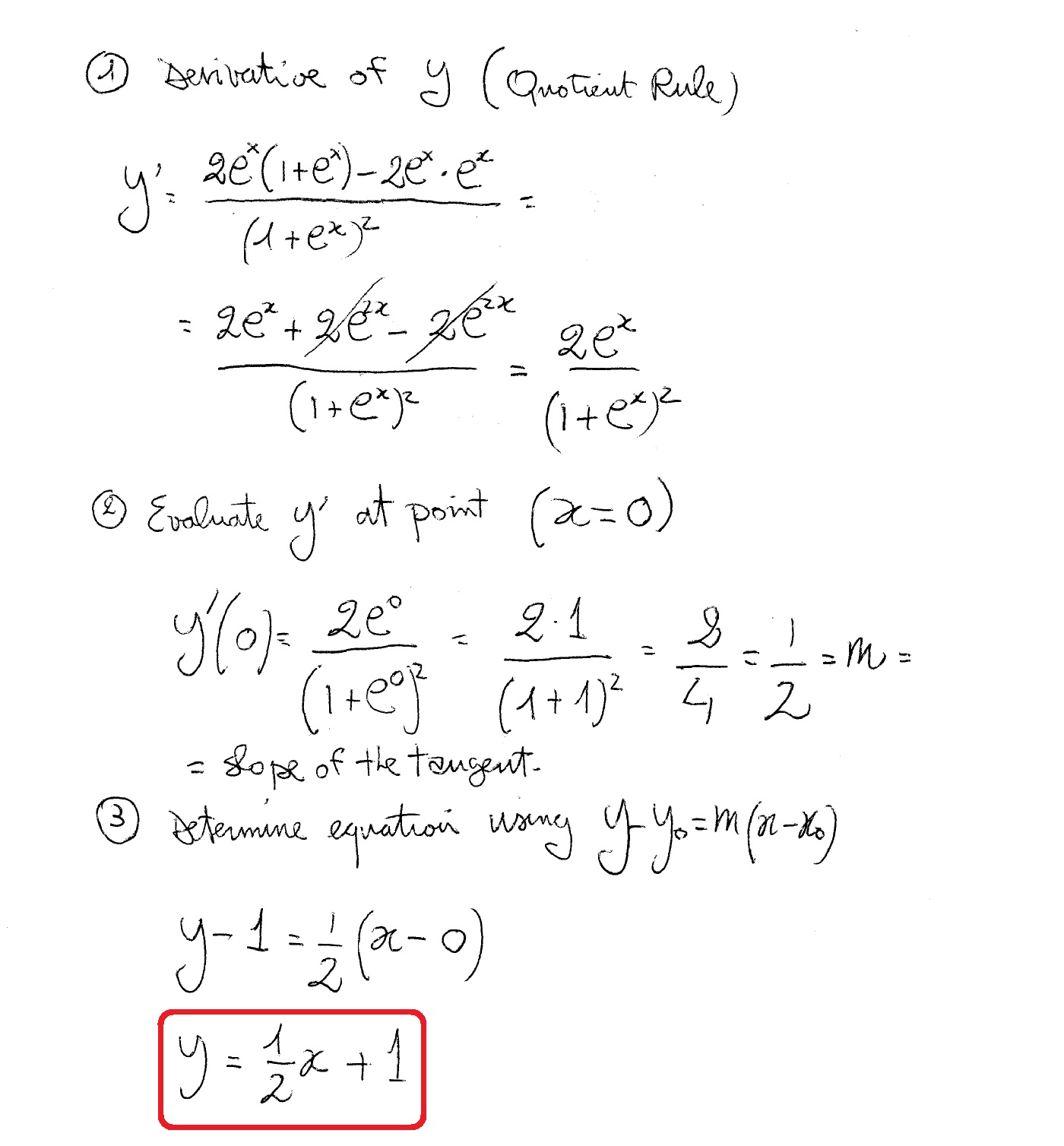
How do you find the equation of the tangent to the curve defined by y= (2e^x) / (1+e^x) at the point (0,1)? | Socratic




